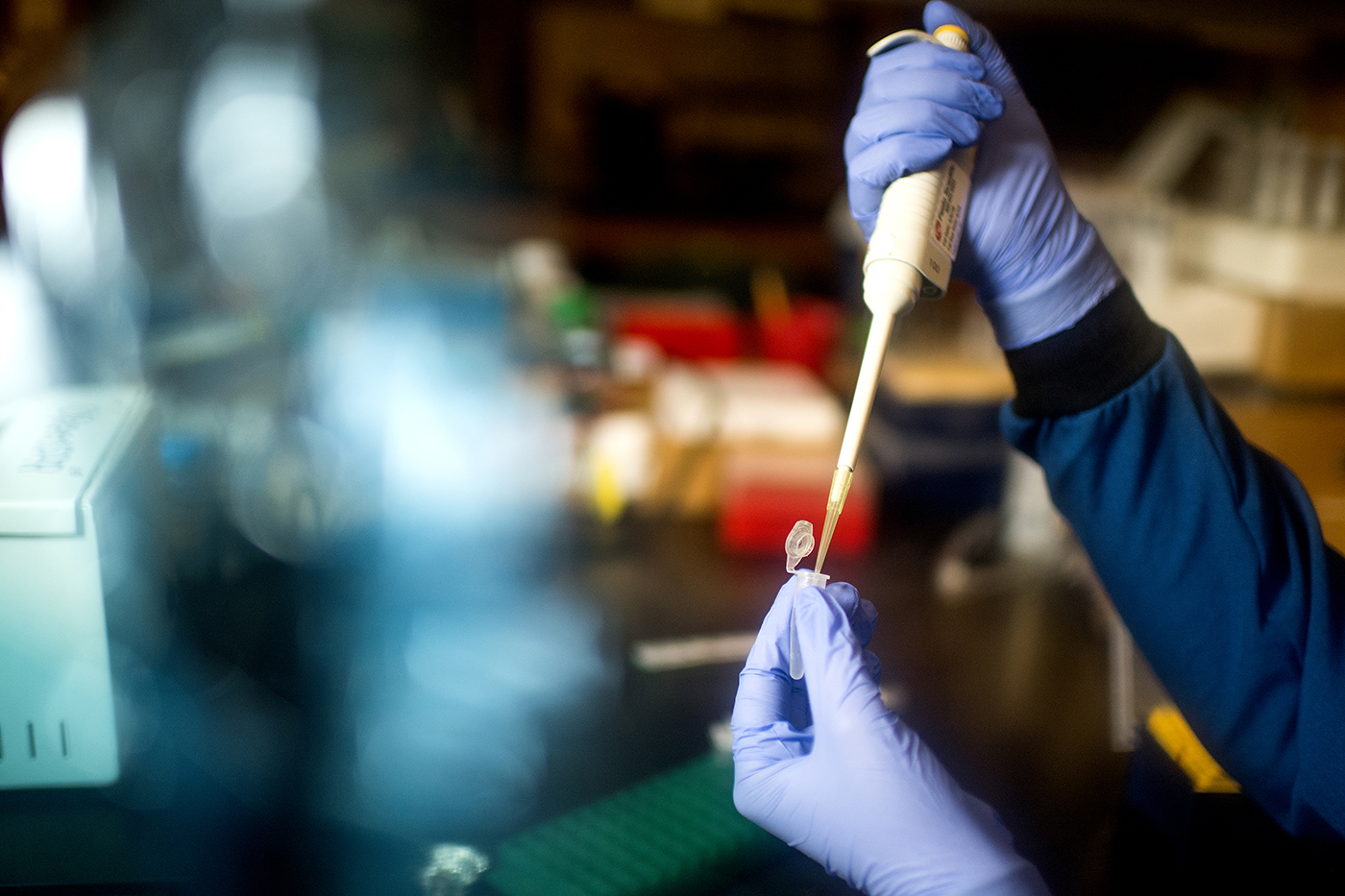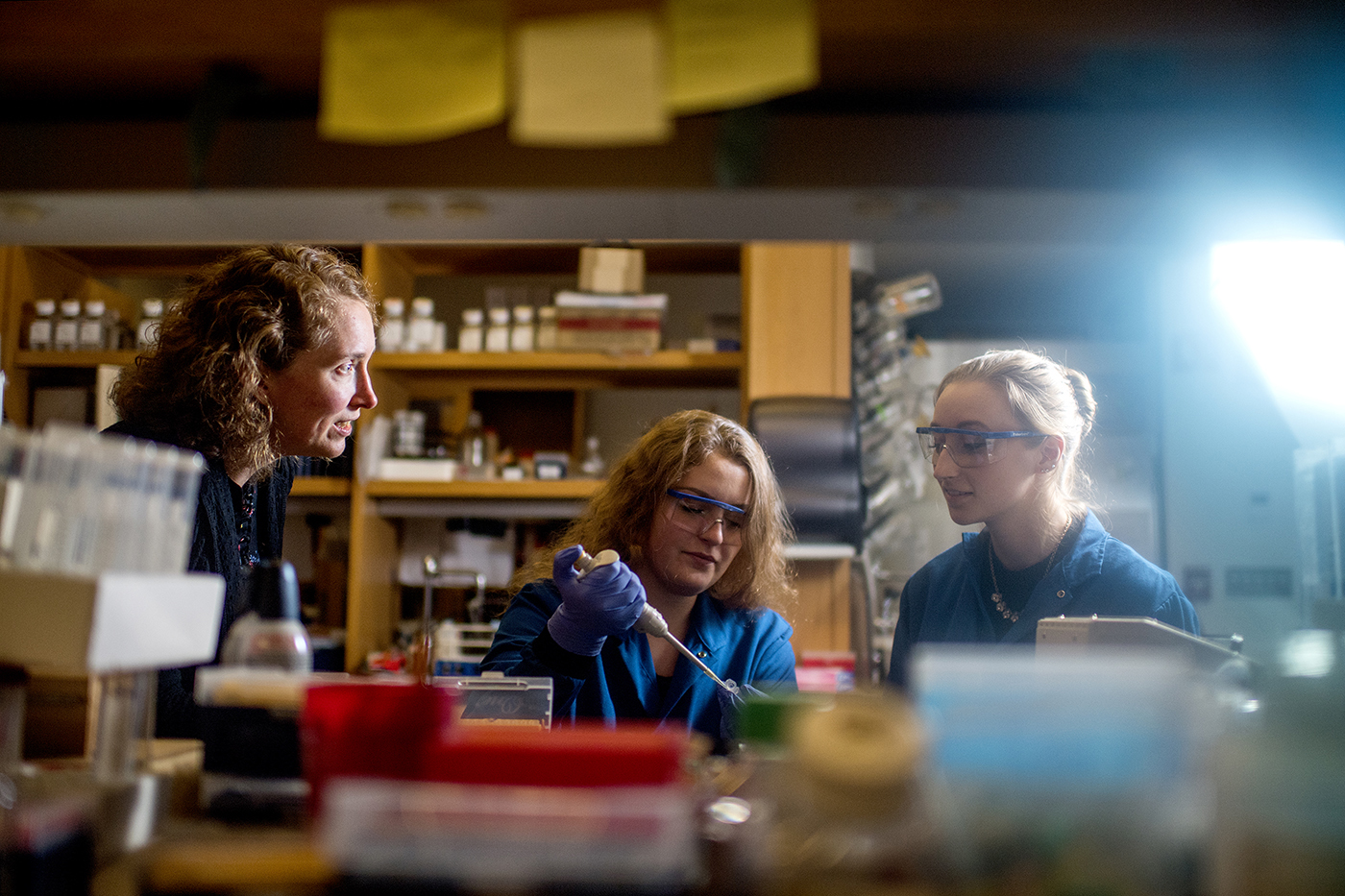Doctors have a variety of tools at their disposal to peer inside our bodies. Between x-rays, CT scans, ultrasounds, and MRIs, it might seem like our every angle has been thoroughly revealed.
But each of these methods has its limitations. And none of them can track the intricate chemical signaling that underlies everything our body does.
A group of 26 researchers at Northeastern is working on new technology that would allow doctors to zoom in on these minute interactions. The new Systems Bioanalysis and Chemical Imaging Institute will focus on finding ways to image the chemistry of our bodies.
“That’s what makes us unique,” said Heather Clark, a professor of bioengineering and chemistry who directs the new institute. “Most people don’t reduce the body to chemistry.”
Our bodies run on chemical interactions. But modern medical imaging tends to focus more on larger-scale structures than chemistry.
Take, for example, the brain. By tracking blood flow, scientists can determine which areas of the brain are most active. These areas can be linked to certain functions. But the details of this activity—the specific chemical signals being sent that dictate our memory, our thoughts, and our movements—are still beyond our grasp.
Various diseases can disrupt or change these chemical signals. But without knowing the specifics of how they’re being affected, doctors have limited treatment options. Measuring those chemicals in real-time could lead to better treatment for diseases such as Alzheimer’s and amyotrophic lateral sclerosis, or ALS.

Photo by Matthew Modoono/Northeastern University
In order to track chemicals in the body, scientists have to design tiny synthetic particles that will bind to a specific chemical and give off a traceable signal. That’s what Clark’s lab focuses on. But to develop this into technology that can be used in humans, there are many more steps.
“What an institute enables us to do is bring in people from all across campus to tackle different pieces of the problem,” Clark said.
Clark leads one of the teams designing the particles going into a patient. Other groups are focusing on how to deliver these particles, how to detect them, and how to see if they work before they’re injected into a human.
“It’s the opportunity to do science that’s so much bigger than one person,” said Clark. “That’s what’s exciting.”

